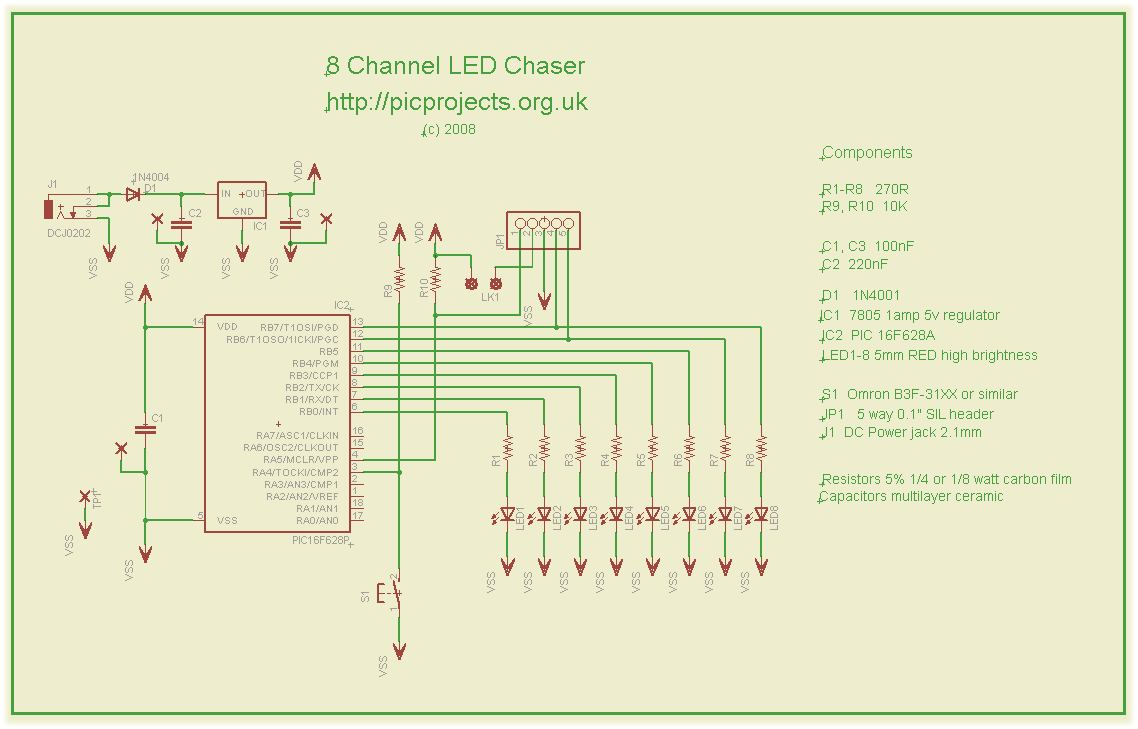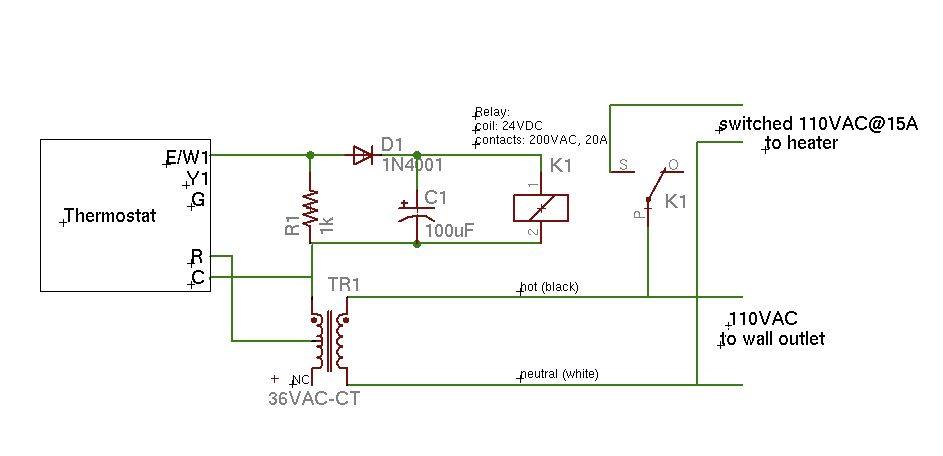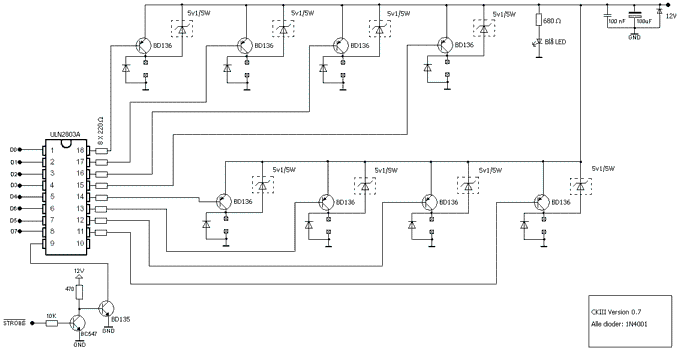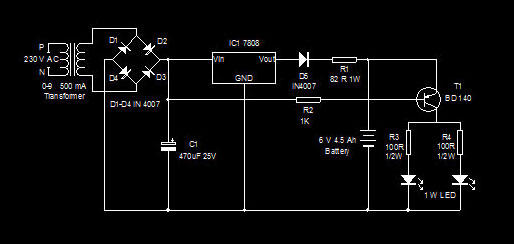
led fade in fade out

A small project in the second scene focuses on smoothly fading an LED in and out without using a microcontroller. Some modifications were made, including separating the transistors and changing the quality of the resistors. This is intended to reduce costs and create a more compact design. It is acknowledged that these changes may seem minor, but they can still have a significant impact.
This project involves creating a circuit that enables an LED to gradually increase and decrease its brightness, achieving a fading effect. The absence of a microcontroller simplifies the design, relying instead on passive components and analog techniques to control the LED's brightness.
The circuit typically utilizes a combination of resistors, capacitors, and transistors to form an astable multivibrator or a similar configuration. The transistors act as switches that control the current flowing through the LED. By adjusting the resistor values, one can modify the charging and discharging time of the capacitor, which in turn affects the rate of brightness change of the LED.
In this design, the transistors have been separated, allowing for more flexible configurations and potentially improving thermal management. The choice of resistors also plays a crucial role; selecting higher quality resistors can lead to better performance and reliability, albeit at a potentially higher cost. However, the modifications aim to strike a balance between cost reduction and maintaining adequate performance.
The fading effect is achieved by creating a time constant defined by the resistor and capacitor values, which determines how quickly the LED fades in and out. The circuit can be fine-tuned by experimenting with different resistor and capacitor combinations to achieve the desired fading speed.
Overall, this project serves as an excellent introduction to basic electronic components and their interactions while showcasing the ability to create visually appealing effects with simple circuitry. The modifications made enhance the practicality and efficiency of the design, demonstrating the importance of component selection in electronic projects.A little project at second scene about fading an LED in and out smoothly, minus a microcontroller. I changed it a speck. In my translation I detached undivided of the transistors and changed quantity resistor qualitys. This is putative to decision in downgrade fees and smaller step. I comprehend it`s a same minor disparity, nonethelessstill. 🔗 External reference
This project involves creating a circuit that enables an LED to gradually increase and decrease its brightness, achieving a fading effect. The absence of a microcontroller simplifies the design, relying instead on passive components and analog techniques to control the LED's brightness.
The circuit typically utilizes a combination of resistors, capacitors, and transistors to form an astable multivibrator or a similar configuration. The transistors act as switches that control the current flowing through the LED. By adjusting the resistor values, one can modify the charging and discharging time of the capacitor, which in turn affects the rate of brightness change of the LED.
In this design, the transistors have been separated, allowing for more flexible configurations and potentially improving thermal management. The choice of resistors also plays a crucial role; selecting higher quality resistors can lead to better performance and reliability, albeit at a potentially higher cost. However, the modifications aim to strike a balance between cost reduction and maintaining adequate performance.
The fading effect is achieved by creating a time constant defined by the resistor and capacitor values, which determines how quickly the LED fades in and out. The circuit can be fine-tuned by experimenting with different resistor and capacitor combinations to achieve the desired fading speed.
Overall, this project serves as an excellent introduction to basic electronic components and their interactions while showcasing the ability to create visually appealing effects with simple circuitry. The modifications made enhance the practicality and efficiency of the design, demonstrating the importance of component selection in electronic projects.A little project at second scene about fading an LED in and out smoothly, minus a microcontroller. I changed it a speck. In my translation I detached undivided of the transistors and changed quantity resistor qualitys. This is putative to decision in downgrade fees and smaller step. I comprehend it`s a same minor disparity, nonethelessstill. 🔗 External reference





